Lithium-ion (Li-ion) batteries have become so common that we barely notice them, yet they fuel nearly every part of our modern lives.
With their superior combination of energy density, lightweight design, rechargeability, and longer lifespan compared to older batteries, they've become indispensable (reference: Wikipedia).
In this guide, we'll give you a clear list of everyday items that use these amazing batteries and show you why choosing the right rechargeable lithium-ion battery is important for both performance and the planet.
Let's dive in!
Table of Contents
- 16 Common Devices Use Lithium-Ion Batteries in 2025
- Lithium-Ion Battery Applications in Modern Technology
- Why Is Lithium-Ion the King of Batteries?
- How to Know If a Product Has a Lithium-Ion Battery?
- How to Choose the Right Lithium-Ion Battery for Your Device?
- Lithium-Ion vs. Other Batteries: What's the Difference?
- Here's Your Next Move
- FAQ
16 Common Devices Use Lithium-Ion Batteries in 2025
You'd be surprised how many gadgets in your home, office, and travel bag rely on Li-ion technology. Its lightweight design and powerful output make it the go-to choice for modern electronics. Here’s a quick list of where you'll find them:
Consumer Electronics
- Smartphones
- Laptops & Tablets
- Digital Cameras & Camcorders
- Wireless Bluetooth Headphones & Earbuds
- Gaming Controllers (Xbox, PlayStation, etc.)
- Smartwatches & Fitness Trackers (Apple Watch, AirPods, GoPro, and Galaxy Buds, etc.)
Household Gadgets
- Cordless Vacuums
- TV Remotes & Smart Remotes
- Cordless Power Tools (drills, saws)
- Smart Home Devices (doorbells, thermostats)
Personal Care
- Electric Shavers & Trimmers
- Electric Toothbrushes
Outdoor & Recreation
- Electric Vehicles, E-Bikes, and Scooters
- Drones
- Camping Lanterns & Headlamps
- Portable Power Stations & Solar Generators
Even larger vehicles like electric buses and fleet vans are now embracing lithium-ion power.
City transit buses running on huge Li-ion packs offer clean transportation for thousands of riders, eliminating diesel fumes and noise.
Delivery companies are deploying electric vans powered by robust lithium batteries, proving that even heavy-duty vehicles can go green.
It’s a testament to lithium-ion’s role in sustainable travel that we see quiet e-buses and vans on the road, all running on the same rechargeable principles.
Drones showcase Li-ion’s compact power. UAVs like DJI’s Mini 3 use a 2453 mAh (7.38 V) Li-ion battery (~18.1 Wh) delivering ~38 minutes of aerial performance. This lightweight battery pack provides high energy density and extended usage time aloft.
Lithium-Ion Battery Applications in Modern Technology
Beyond your everyday gadgets, lithium-ion batteries fuel cutting-edge systems that shape our world.
Data Centers and Backup Systems
The use of lithium-ion batteries here has grown rapidly, replacing bulky lead-acid batteries. Lithium-ion batteries' energy retention and fast response prevent data loss during outages.
Lithium-ion solutions in UPS (Uninterruptible Power Supply) units offer longer lifespan, lower maintenance, and voltage consistency compared to older battery types.
When you stream a video or access cloud storage, there’s a good chance lithium-ion battery applications are keeping those servers online.
Aerospace, Medical, and Military Equipment
Spacecraft and satellites rely on Li-ion for compact power and lightweight, essential for flight. NASA’s Mars rovers, for instance, use lithium-ion cells to power instruments and communication systems.
In hospitals, medical devices like portable monitors and surgical robots depend on lithium-ion’s rechargeable life cycle and safety.
Even the military adopts lithium-ion battery applications for drones, communication gear, and electric transport.
These demanding fields choose lithium for its high performance, reliability, and weight savings.
Renewable Energy Systems — Storage and Grid Support
Applications of li ion battery technology also drive the future of clean energy. Homeowners use lithium-based storage like the Tesla Powerwall to capture solar power. On a larger scale, grid operators deploy lithium battery farms to balance supply and demand.
Energy storage systems are key to integrating renewable energy sources like solar and wind into the grid. Lithium’s quick charging and long cycle life make it the preferred solution for these cutting-edge applications.
Why Is Lithium-Ion the King of Batteries?
Industry reports project the lithium-ion battery market to grow at a 20.3% CAGR from 2024 to 2030, driven by EVs’ increasing demand.
Lithium-ion comes down to the following eight key advantages:
- More Power, Less Weight: Lithium is the lightest of all metals. This unique property allows us to pack a massive amount of energy into a very small and lightweight package. It’s the secret behind why your smartphone can be so thin yet last all day on a single charge.
- Consistent Performance: They maintain a consistent voltage and performance throughout their lifespan, ensuring devices operate efficiently.
- Lasts Longer While in Storage: Lithium-ion batteries have a very low self-discharge rate. This means they hold their charge for an exceptionally long time when not in use. You can charge your camera batteries, leave them in your bag for weeks, and trust they’ll still be ready for that perfect shot when you need them.
- Rechargeable for Years: High-quality lithium-ion batteries are built for the long haul. They can be charged and discharged hundreds, sometimes thousands of times, with minimal performance loss. This long cycle life makes them an incredibly cost-effective and reliable investment over time.
- Low Maintenance: The rechargeable chemistry minimizes maintenance. Unlike NiCd batteries, lithium-ion doesn’t suffer from a memory effect (where capacity shrinks if you don’t fully discharge before recharging).
- Lower Total Cost: Over time, the cost per use of rechargeable batteries is significantly lower than that of disposable batteries.
- Safety: Quality Li-ion packs incorporate advanced protection circuits that prevent overcharging, overheating, and short circuits.
- Environmental Benefits:
-
- Reduced Waste: By using rechargeable batteries, the number of disposable batteries ending up in landfills decreases significantly.
- Lower Carbon Footprint: Over their lifespan, rechargeable batteries have a smaller carbon footprint compared to multiple single-use batteries.
- Recycling Potential: Lithium-ion batteries can be recycled, recovering valuable materials and reducing the need for new raw materials.
How to Know If a Product Has a Lithium-Ion Battery?
Identifying whether a product contains a lithium-ion battery is crucial for safety, compliance, and proper usage. Here's how you can determine this:
Labels, Specs, and Packaging
Start by examining the product's labeling and packaging. Look for indicators such as:
- "Li-ion" or "Lithium-Ion": These terms are commonly printed on battery labels or device specifications.
- Battery Type: The packaging may specify the battery type used.
- Power Indicators: Some devices display battery information on screens or through indicator lights.
These details are often found on the back of the device, within the battery compartment, or in the user manual.
Battery Symbols and Certifications
Certifications and symbols provide assurance of safety and compliance:
- UL Mark: Indicates the product meets safety standards set by Underwriters Laboratories.
- CE Mark: Signifies conformity with health, safety, and environmental protection standards for products sold within the European Economic Area (check out the countries in the EU and EEA).
- UN38.3: Demonstrates the battery has passed rigorous testing for safe transport.
- RoHS: Confirms the restriction of hazardous substances in electrical and electronic equipment.
These symbols are typically found on the battery itself or the product's packaging.
When in Doubt
If labeling is unclear, refer to the user manual or inspect the bottom of the device:
- User Manual: Often contains detailed specifications, including battery type and safety information.
- Device Bottom: Manufacturers sometimes place battery information on the underside of the device.
This information can clarify the type of battery used and any specific handling instructions.
Pro Tip: Ask Before You Buy
Before purchasing a device, inquire about its battery specifications:
- Retailers: Ask sales representatives about the battery type and compatibility.
- Manufacturer Websites: Check online product listings for detailed specifications.
- EBL's Catalog: EBL provides comprehensive information on compatible devices and battery types.
Being informed ensures you select products that meet your needs and comply with safety standards.
How to Choose the Right Lithium-Ion Battery for Your Device?
Follow these three simple steps to ensure you get the perfect match for your device.
Step #1: Check Your Device's Manual (or the old battery):
Before you buy, the first step is to confirm the battery size and type your device needs. Look for common sizes like AA, AAA, or more specialized ones like 18650.
The device's manual is the best place to check, but the label on the old batteries will also tell you what you need.
Step #2: Match the Specs: Voltage (V) and Capacity (mAh):
Next, you'll want to match the technical specifications.
- Voltage (V) must be compatible with your device.
- Capacity (mAh), which stands for milliamp-hours, tells you how much energy the battery can store; in other words, it determines how long your device can operate before needing a recharge.. A higher mAh rating means a longer runtime between charges. High-drain devices like digital cameras or portable speakers benefit from batteries with higher mAh ratings.
Step #3: Trust the Brand
A reputable brand invests in quality materials and rigorous testing to ensure every battery performs flawlessly and safely.
Lithium-Ion vs. Other Batteries: What's the Difference?
Let's break down the key differences in a simple comparison chart.
| Feature | Lithium-Ion |
Alkaline |
NiMH |
| Rechargeable | ✔️ Yes (Up to 1200+ times, EBL reaches 1600 cycles) |
❌ No | ✔️ Yes (500-1500 cycles) |
| Energy Density | Highest (150-250 Wh/kg) |
Low (80-150 Wh/kg) |
Medium (60-120 Wh/kg) |
| Weight (AA) |
Lightest (~19g / 0.67oz) |
Heavy (~23g / 0.81oz) |
Heaviest (26~30g / 0.92~1.06oz) |
| Voltage Output | Constant 1.5V or 3.6V-3.7V until empty | Drops steadily from 1.5V to 0.8V | Drops gently from 1.2V to 1.0V |
| Eco-Impact | Low (Highly reusable) |
High (Single-use waste) |
Medium (Reusable) |
Here's Your Next Move
The widespread adoption of lithium-ion batteries across countless devices is a testament to their superior design.
With a higher energy density, longer lifespan, and efficient rechargeability, they outperform older battery technologies in every key measure.
Choosing the right high-performance rechargeable battery ensures your electronics operate at their best while supporting a more sustainable approach to power.
What's the most surprising device you learned uses lithium-ion batteries?
Let us know in the comments below!
FAQ
Do Apple products have Lithium batteries?
Yes, all modern Apple products, including iPhones, iPads, and MacBooks, use advanced lithium-ion battery technology.
How do I know if my laptop has a Lithium battery?
Nearly all modern laptops use lithium-ion batteries, but you can confirm by checking the label on the battery itself or looking up your laptop's model number on the manufacturer's website. You can also generate a detailed battery report in Windows using the "powercfg /batteryreport" command.
Do Kindles have Lithium batteries?
Yes, Amazon Kindles use lithium-ion batteries, which is a key reason they can last for weeks on a single charge.
Are AAA batteries Lithium?
"AAA" refers to the physical size of the battery, not its chemical makeup. While you can buy AAA batteries in alkaline and NiMH versions, you can also get high-performance Lithium AAA batteries.
Which battery is used in a TV remote?
Most remotes use AA or AAA batteries, and you can choose from alkaline, lithium, or NiMH chemistries. Before switching types, always check your device's requirements, as some electronics are sensitive to the voltage difference between 1.5V alkaline/lithium and 1.2V NiMH batteries.

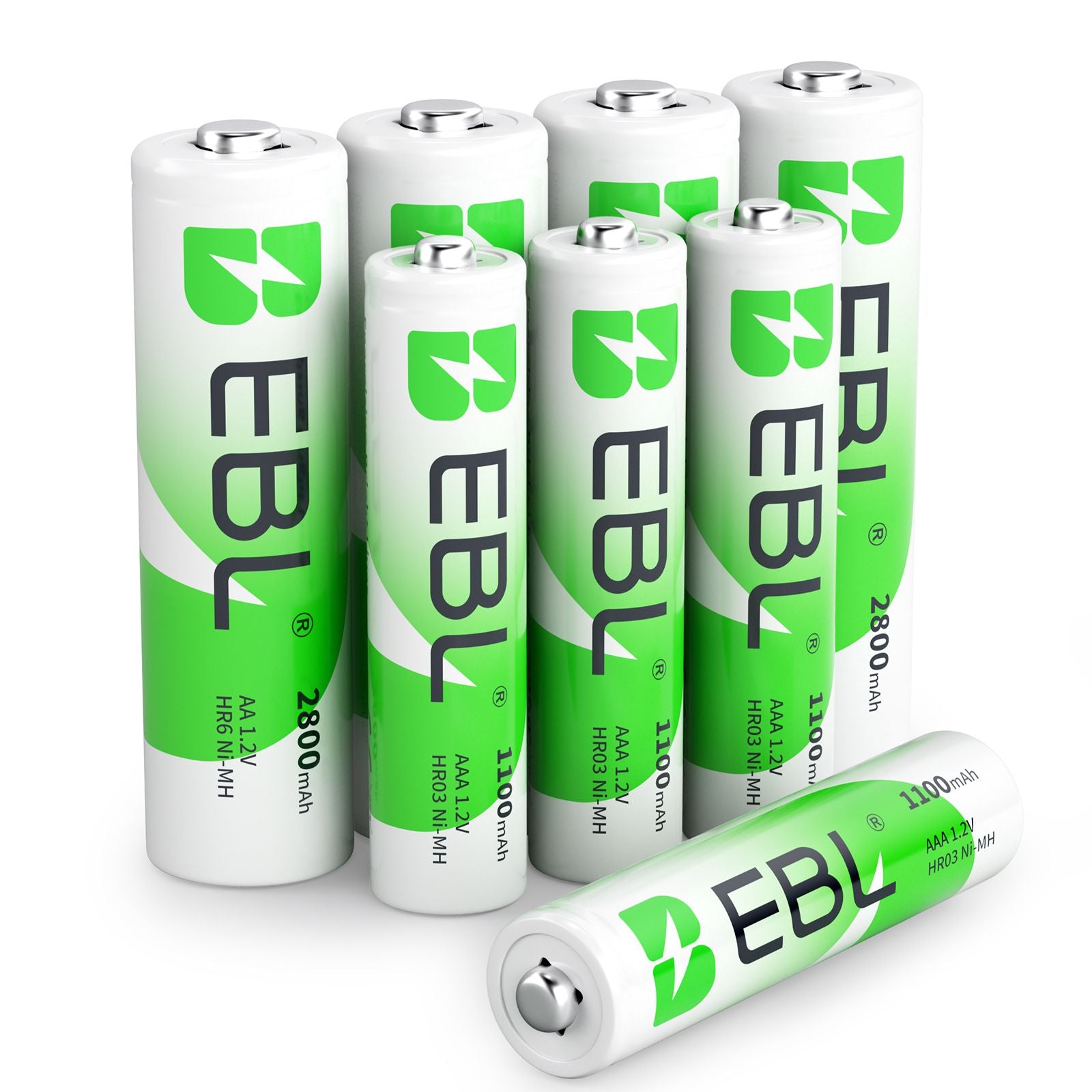
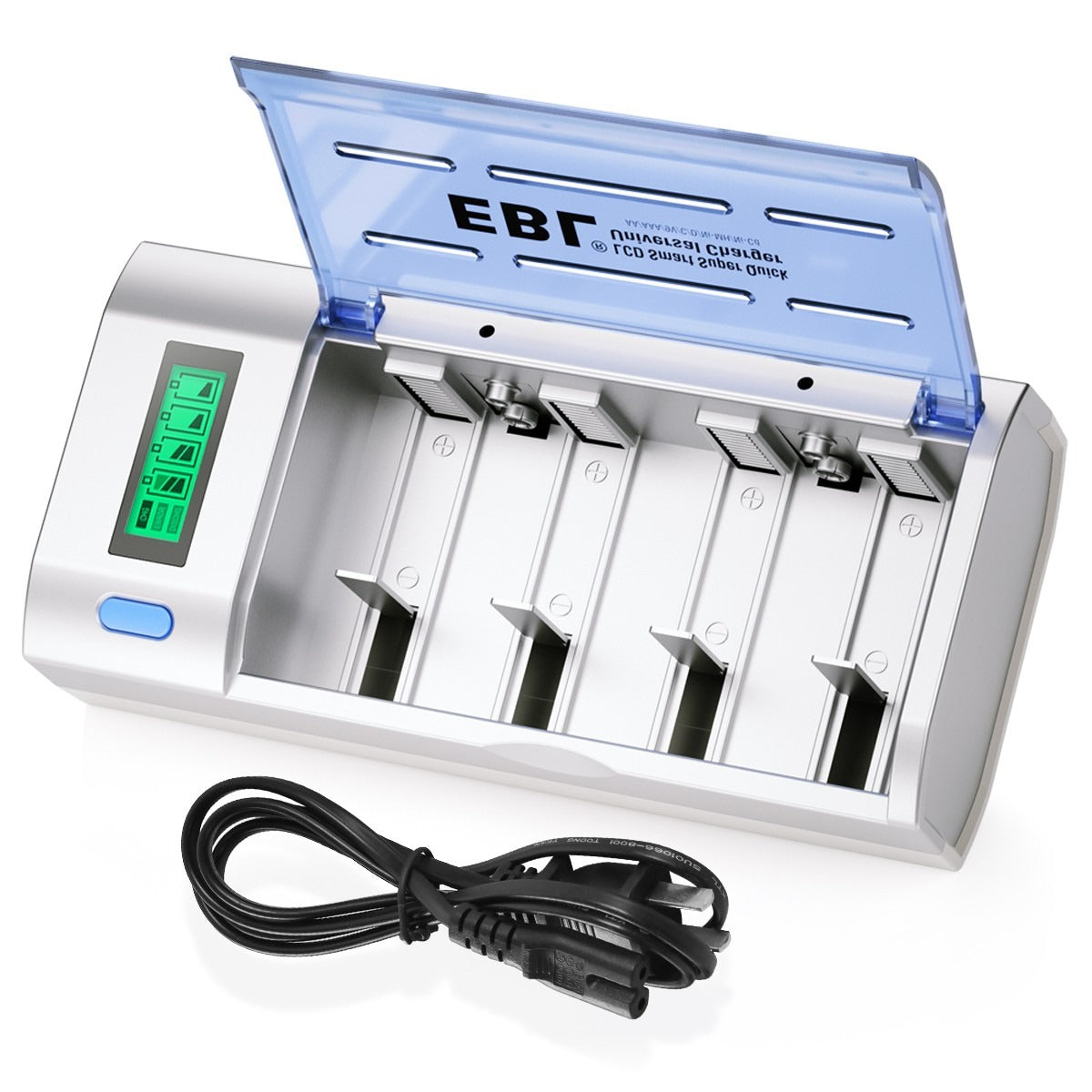
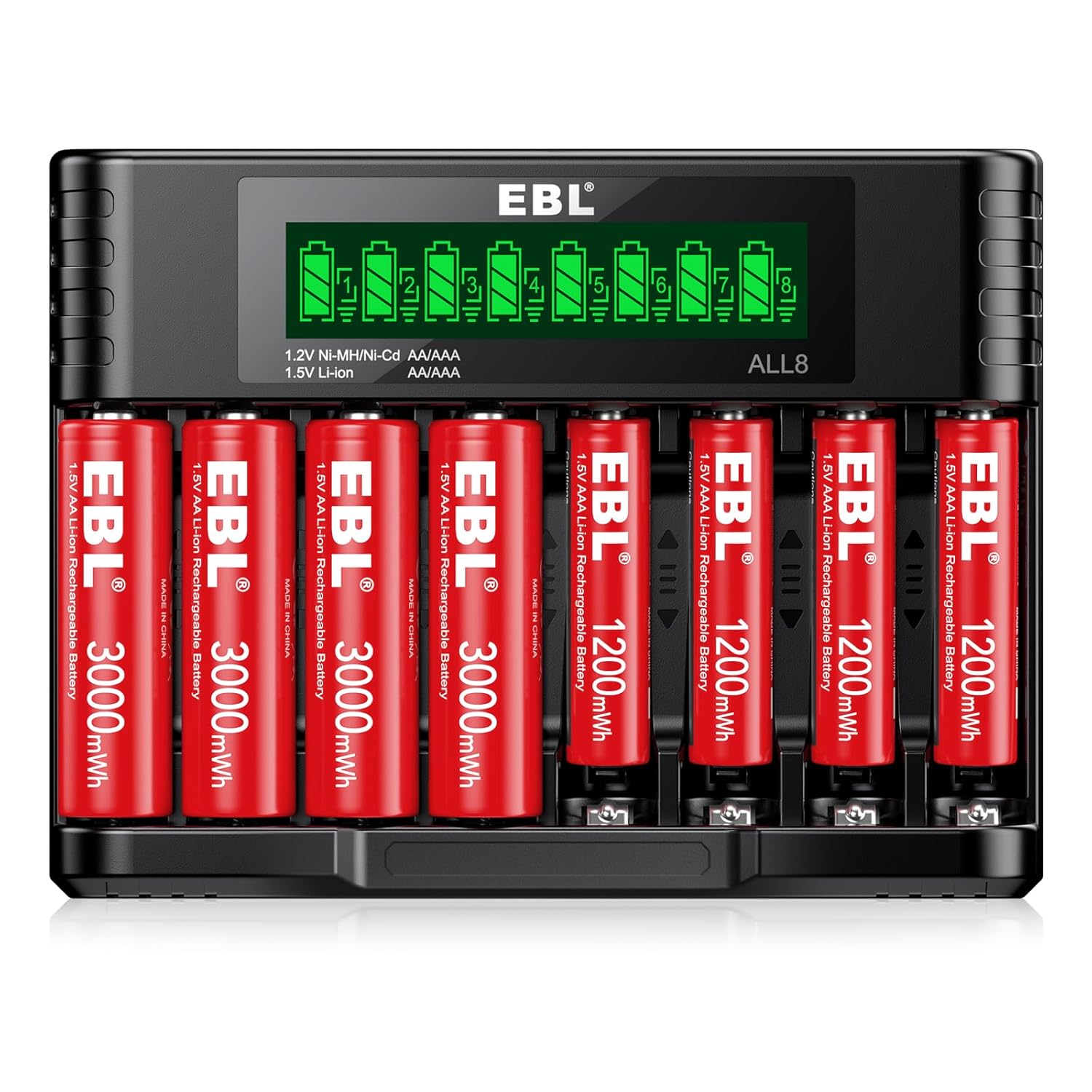
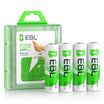
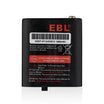
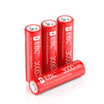
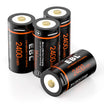
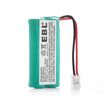
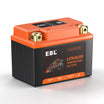
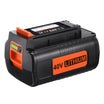
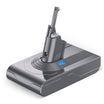
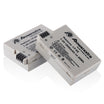
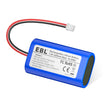
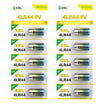
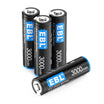
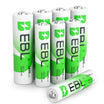
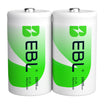
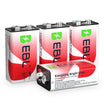
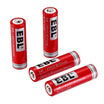
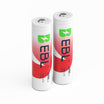
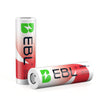
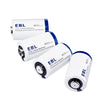
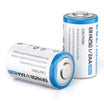
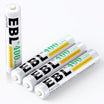
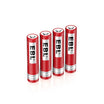
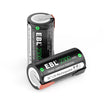
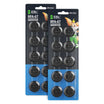
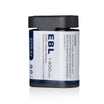
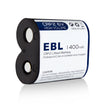
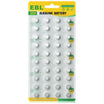
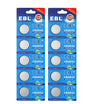
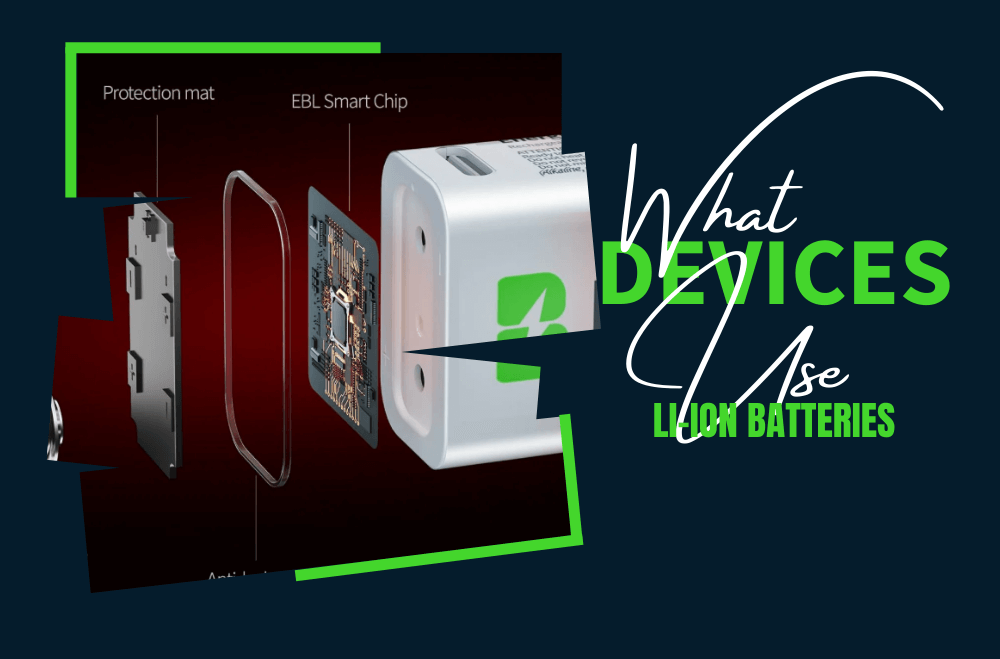

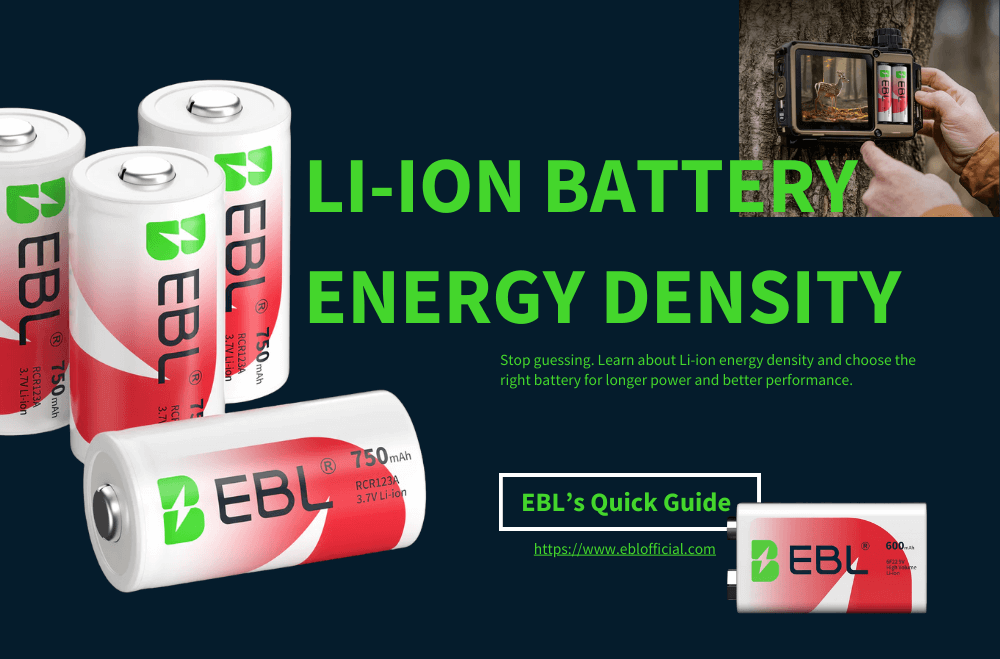
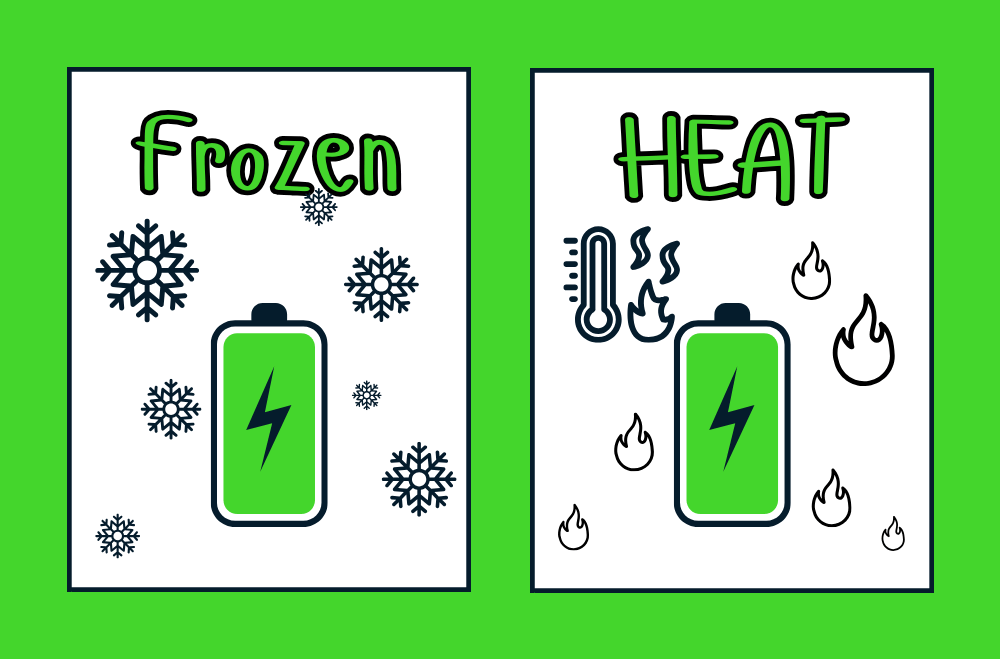
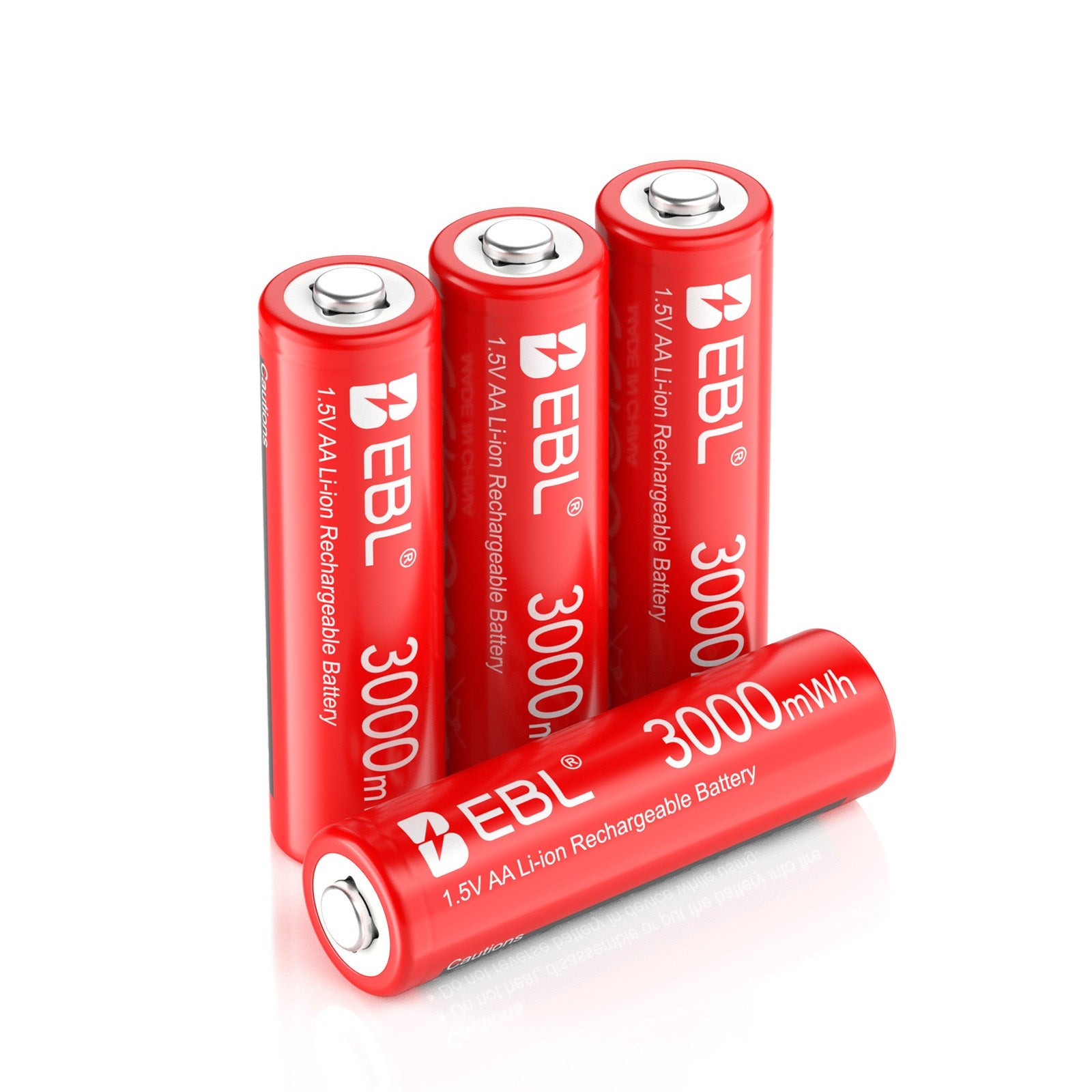
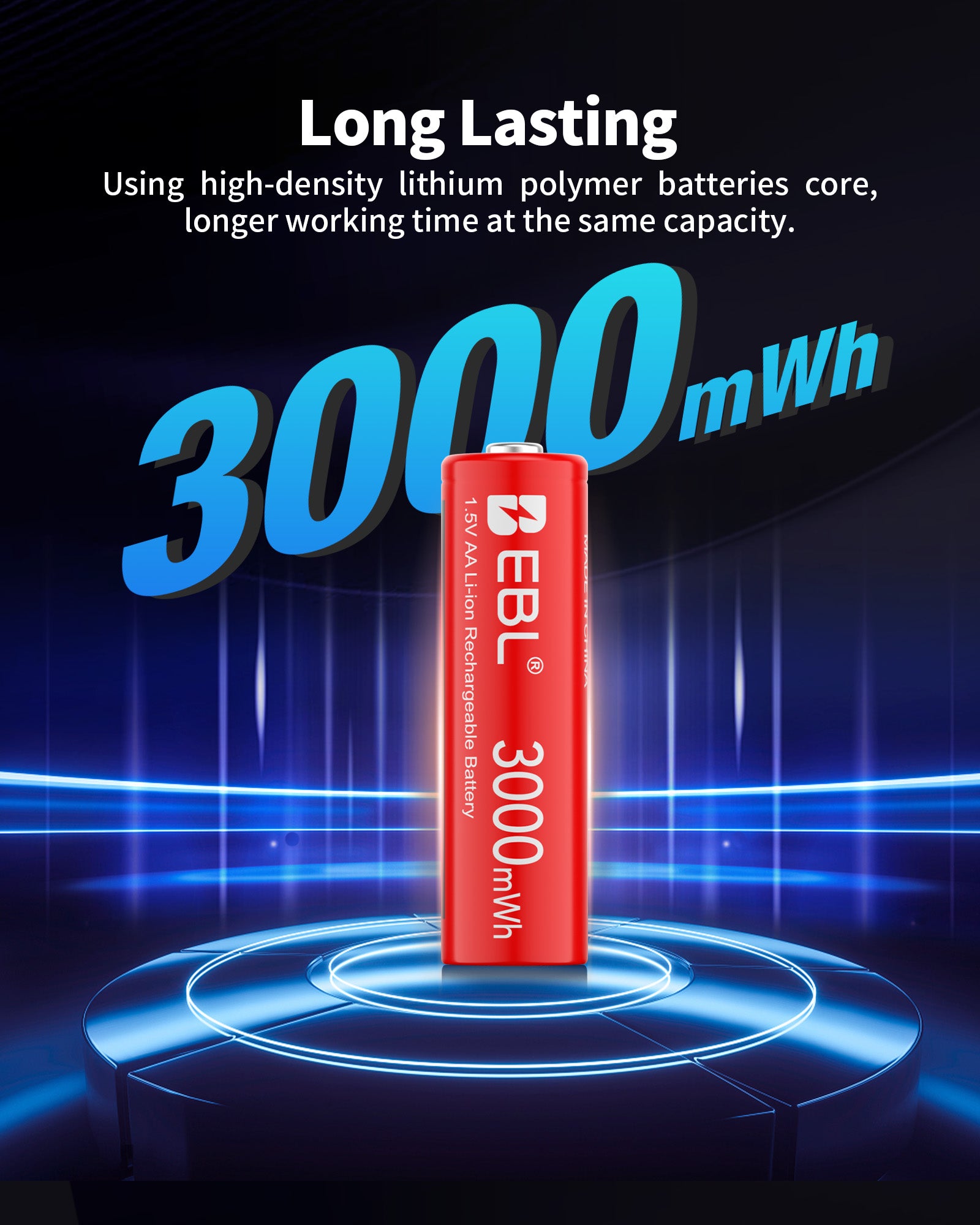
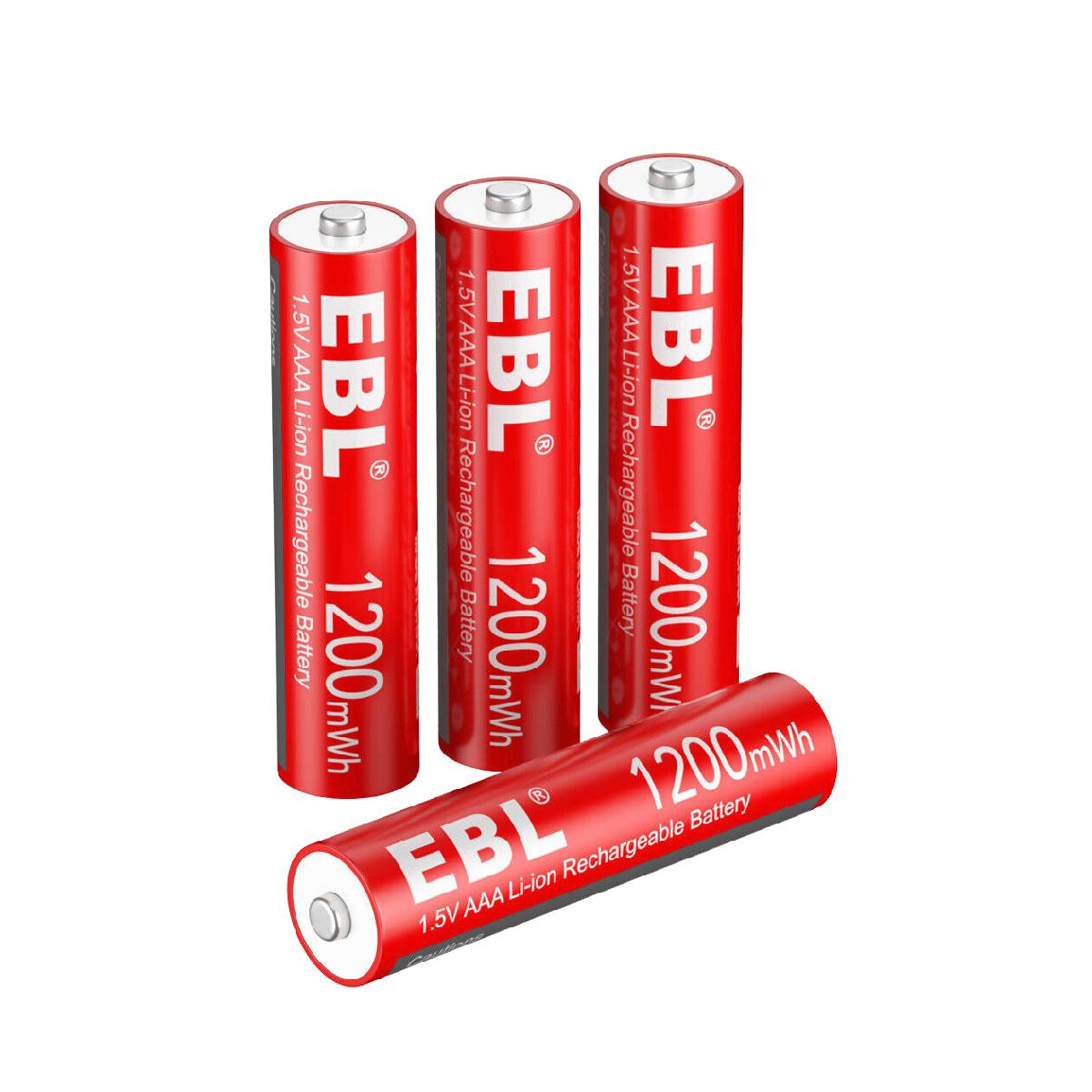
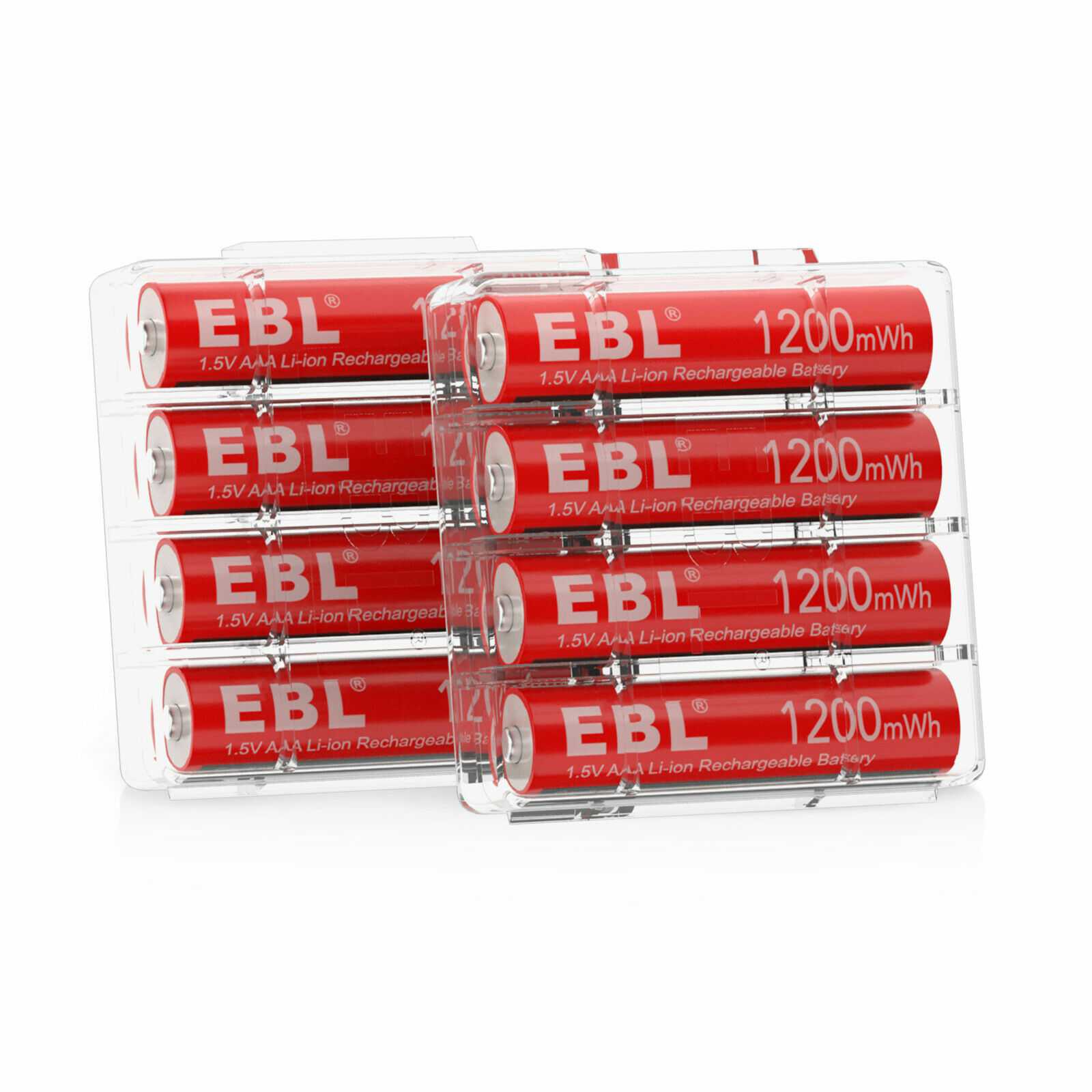
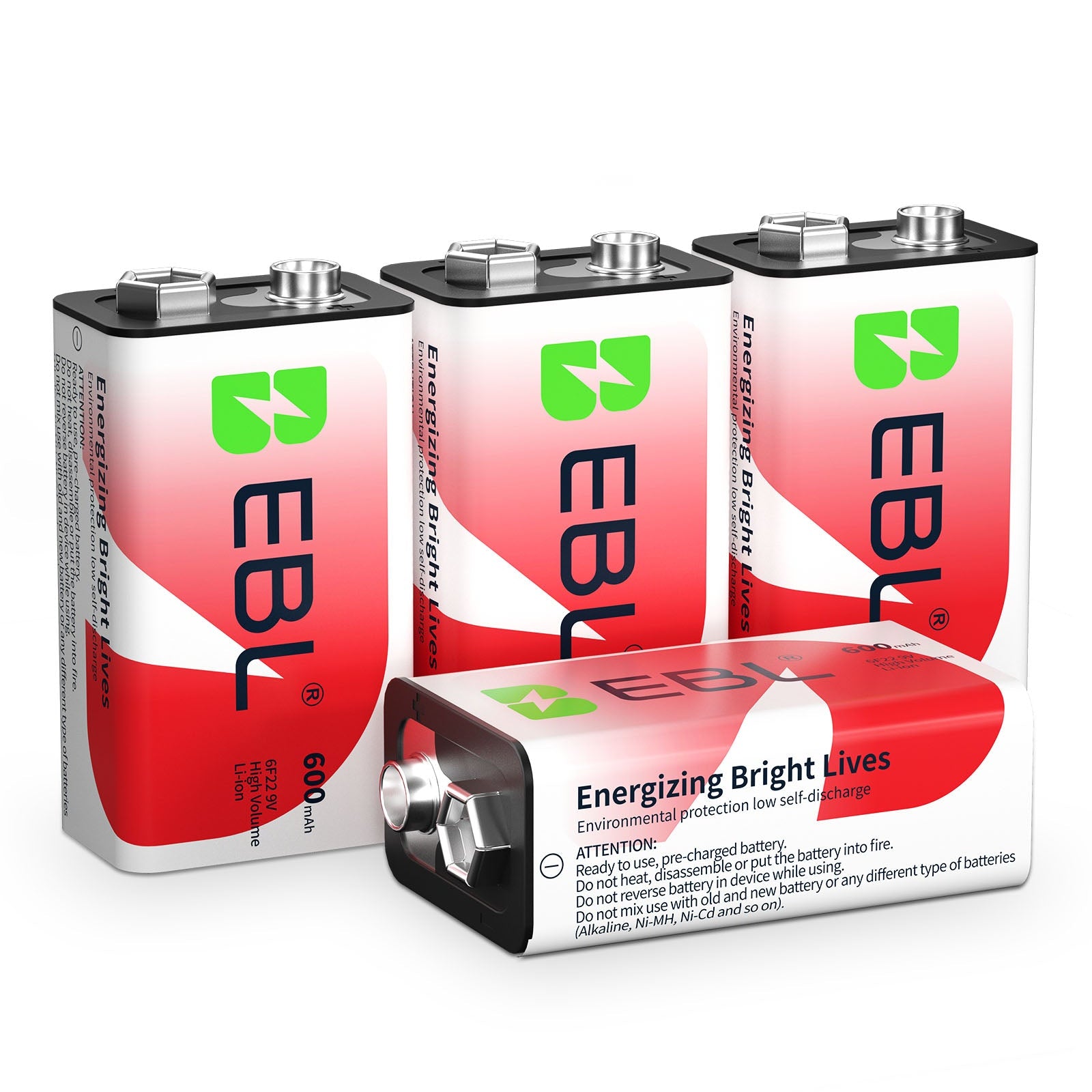
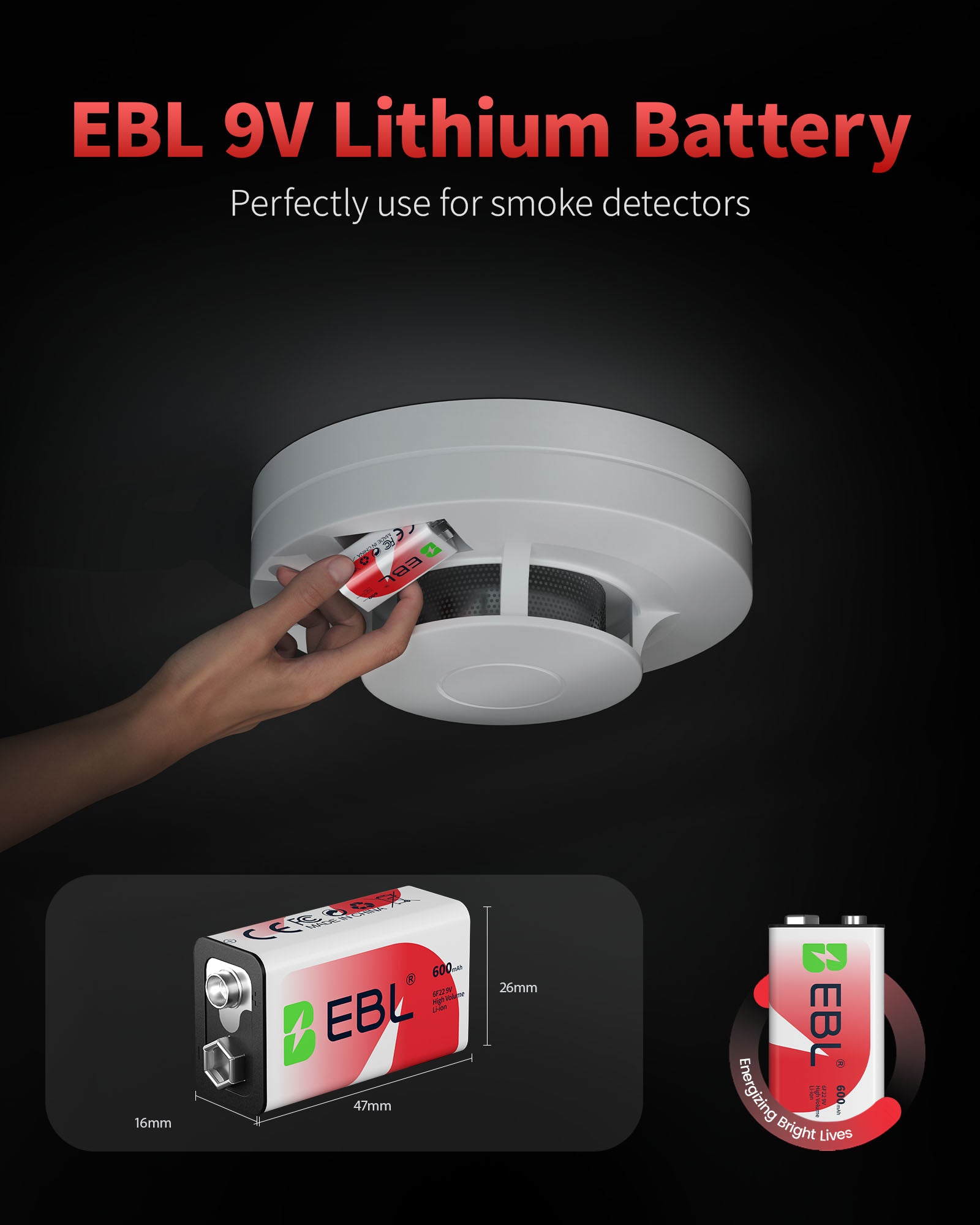
Leave a comment
All comments are moderated before being published.
This site is protected by hCaptcha and the hCaptcha Privacy Policy and Terms of Service apply.